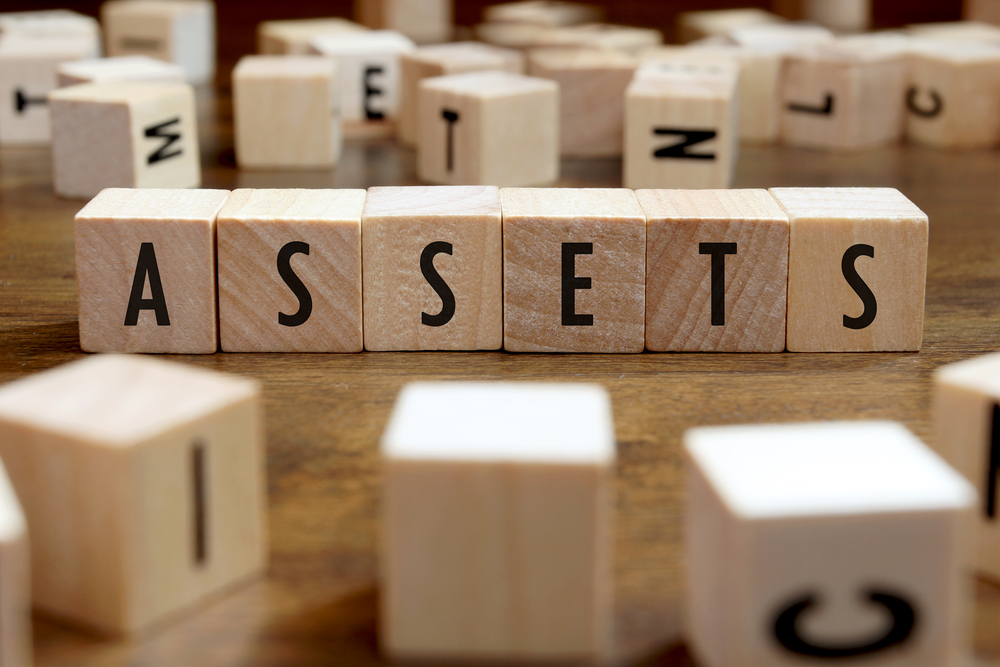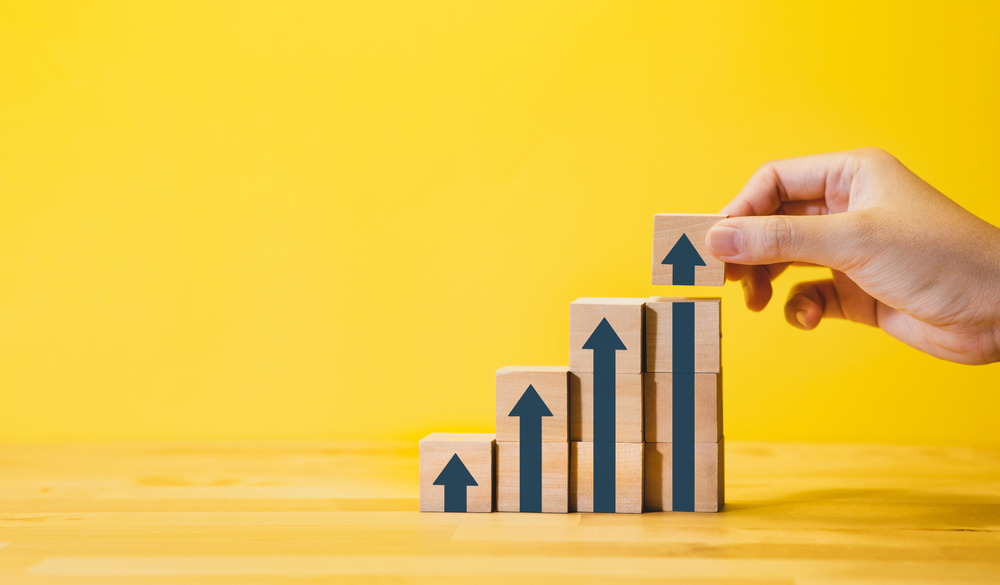Cash vs. Profit: Understanding the Key Differences
Have you ever found yourself in a meeting with your accountant, celebrating a surge in profits, yet still wondering where your cash has disappeared and how you’ll meet payroll the next day? If you have, you’re not alone. The stark reality is that cash and profit are not one and the same. In this article, we’ll delve into why this disparity exists and how it affects your business’s financial health.
Tax payments
When assessing your business’s financial health, it’s crucial to realise that even if your profit figure is reported as “after tax,” the timing of tax payments can significantly differ from what’s depicted in your Profit and Loss Report. You might have overpaid taxes and are due a refund, or you may find yourself underpaid and in need of settling a balance.
Asset purchases
Cash flow can be strained by asset purchases, yet these are investments, not expenses. Remember, buying a new asset at the end of a profitable year won’t magically reduce your profit. Asset purchases are accounted for on your Balance Sheet, not your Profit and Loss Report.
Asset sales
These give you cashflow but aren’t treated as income. They reduce your investments in assets on your Balance Sheet.

Drawings to owners
Funds that you take for yourself to live off come out of the investment you’ve made in the business. Your living costs aren’t a business expense, so they don’t reduce your profit.
Increases / decreases in debtors
Your Profit and Loss Report records what you’ve invoiced to your customers in any given period, NOT what you’ve collected. If there’s a build up in debtors, you’ll reduce your cash as you still need to pay for the costs incurred in making those sales. The great news is that, if you reduce your debtors balance by collecting your debtors faster, you increase your cash but pay no more tax.
Increases / decreases in stock or work in progress
Your Profit and Loss Report records what inventory or work in progress has been consumed in the sales you’ve made. If your inventory increases and hasn’t yet been sold, you’ve used up your cash but not made any difference to your profit for that period.
Increases / decreases in creditors
Just as with debtors, your Profit and Loss Report records the expenses you’ve incurred during the period. If you haven’t yet paid some of these expenses, your profit will be lower but your cash will be higher. Of course, not paying your suppliers is not a strategy you can adopt to increase your cashflow!
Loan repayments
Payment of your loan principal is not a business expense (so not in the Profit and Loss Report), but it definitely reduces your cash.
Depreciation
This is a way of gradually spreading the cost of your fixed assets, e.g. plant and equipment, vehicles, etc., over their useful lives. Depreciation is therefore recorded as an expense in the Profit and Loss Report but has no impact on your cash position.
The best way to fully understand the differences between cash and profit is to talk to us.
Book a meeting with us and we’ll help create a plan to increase your cash.
“Control your cash. Stick to your core business. Know your numbers.” – Marcus Lemonis
On 22 November from 12-1pm, Sharp Accounting will be running our Cashflow Management Seminar. This will be held at our offices here in Ballarat. Click here to find out more and register at no cost.





